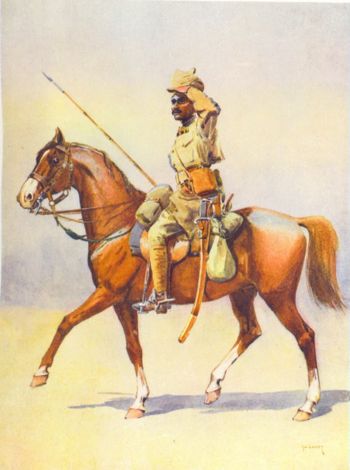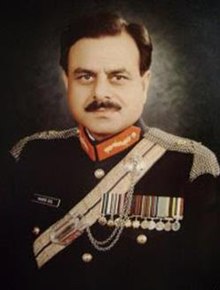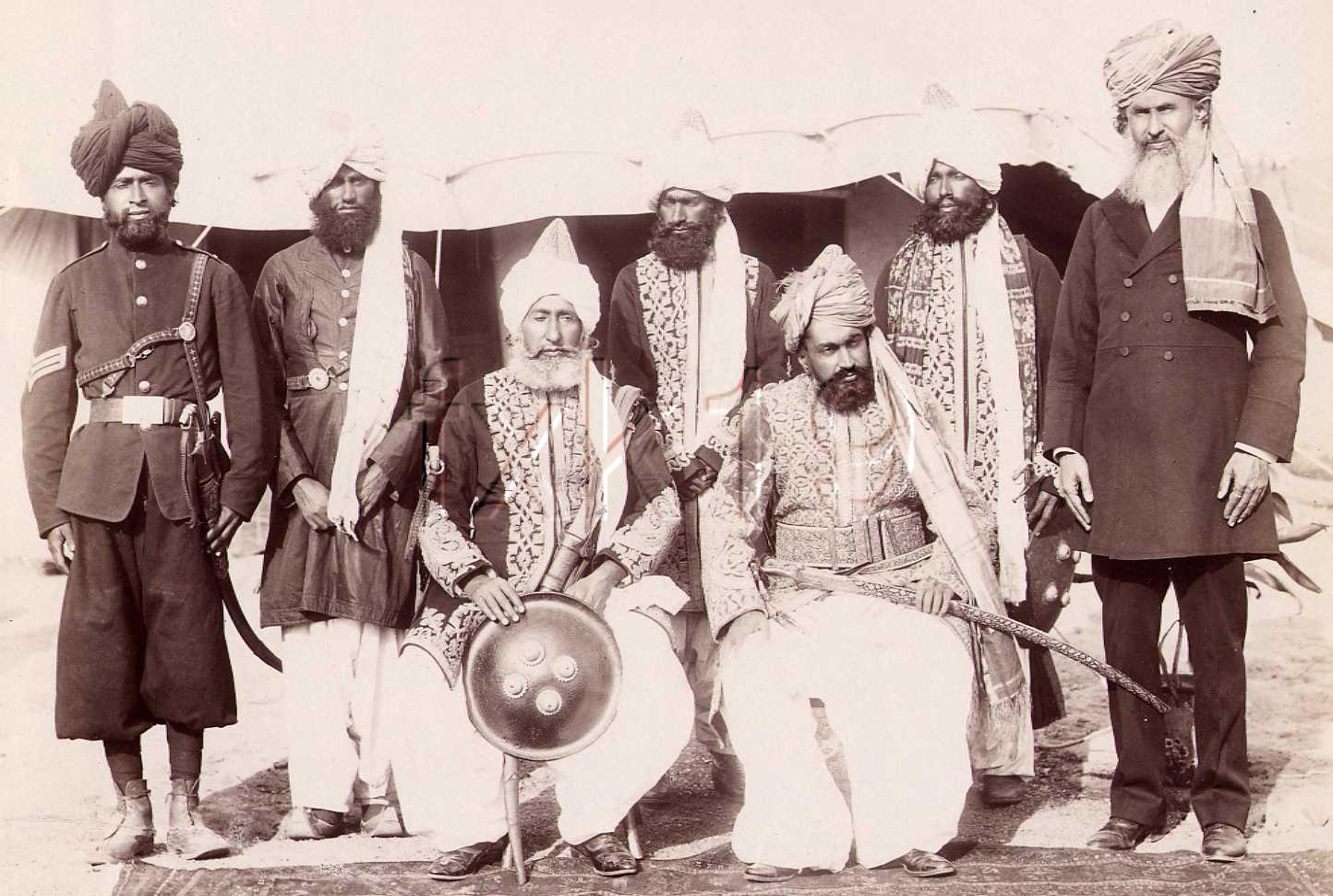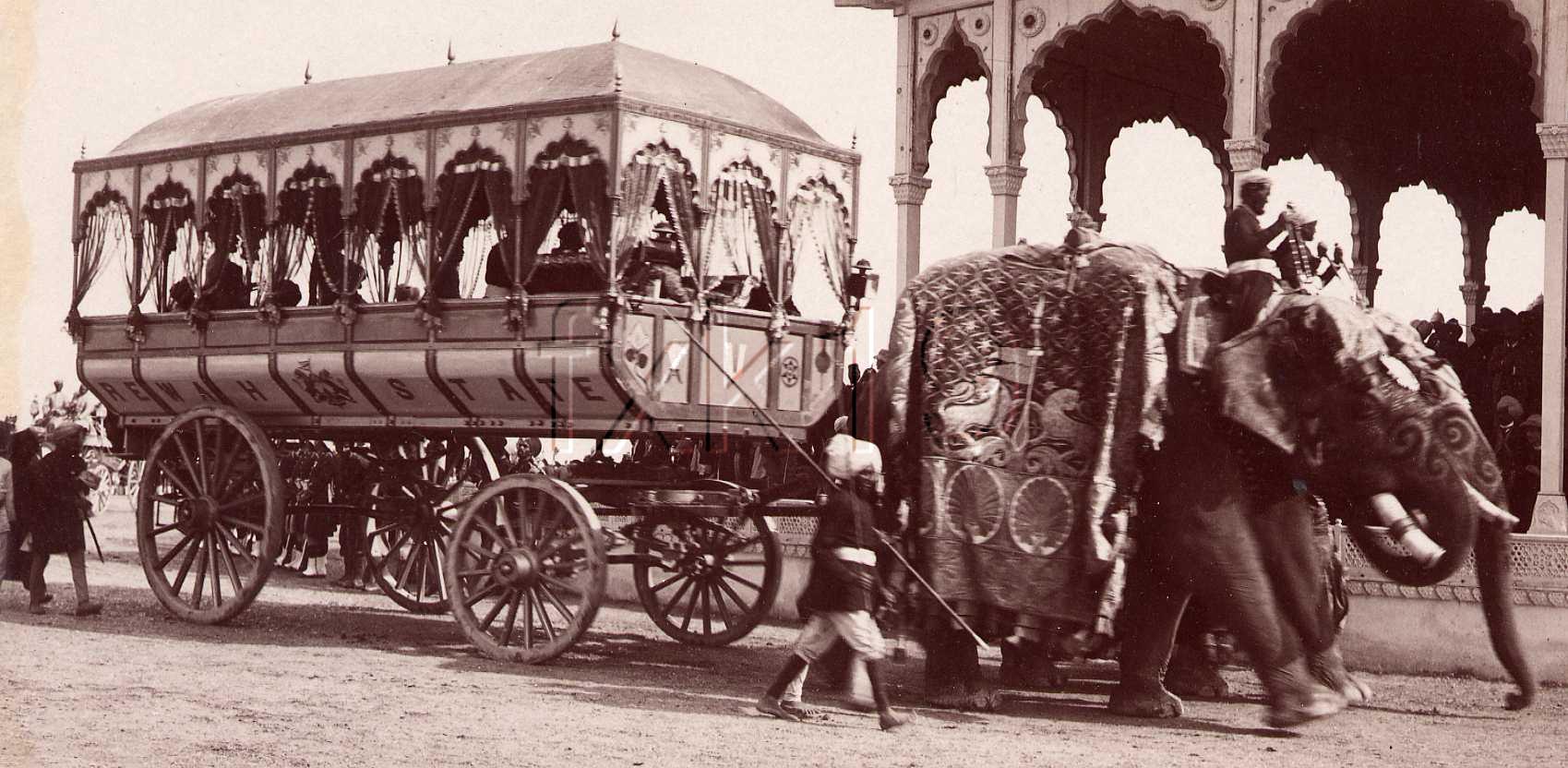John Players produced a set of Playing cards in 1930s & 40s While digging through an assortment of British cigarette cards of the 1930's and 40's "Military Uniforms of the British Empire Overseas," for inclusion in Player's Cigarettes.
Each card was devoted to an overseas regiment under the crown, and 29 of the 50 cards document Indian and Indian States forces. The front of the card illustrates an officer or man of the regiment, while the back presents roughly 100 words of historical data.
Extracts are reproduced .
Bahawalpur State Forces
Bahawalpur is a Musalman state lying to the south-west of the Punjab with an area of 15,000 square miles and a population of about one million. The Nawab of Bahawalpur maintains as Indian States Forces one troop of Bodyguard Lancers and one-and-a-half battalions of Infantry.
The Major shown in Full Dress in the picture belongs to the 1st Bahawalpur Infantry (Sadiq Battalion). The Bahawalpur troops have more than once been loaned for Imperial purposes, and in the Great War the Sadiq Battalion served in Egypt, Palestine, Iraq and Afghanistan, as well as on the North-West Frontier of India. The Sadiq Oarh Palace is shown in the background.
Additional inputs :
Bahawalpur Infantry, Delhi, 1903.
During the
First World War, Bahawalpur State Forces, served in
Egypt,
Palestine,
East Africa,
Mesopotamia,
Baluchistan and the North West Frontier of India.
A detachment of 73 men from the Bahawalpur Mounted Rifles was sent to Egypt as reinforcement for the
Alwar State Infantry Battalion with whom it served throughout the war; except briefly in 1915, when it served with the
Bikaner Camel Corps.
In February 1915,
Turkey launched an attack on
Suez Canal from Palestine. The detachment of Bahawalpur Mounted Rifles took part in reconnaissance of the Turkish advance and then pursuit of the retreating Turks after their attack was repulsed. It then served on line of communication during the British advance into Palestine, in the
Third Battle of Gaza and the
Battle of Megiddo, which resulted in Turkish defeat. In Palestine, it operated in the
Jordan Valley and took part in the capture of
Amman. Meanwhile, the rest of the Camel Corps was dispatched to the
Persian Gulf in November 1914 in support of the Indian Expeditionary Force. However, the detachment soon returned, as the camels were no longer required. In February 1915, a detachment of 38 men and 100 camels was sent to
Jubaland in
British East Africa but returned in November after the death of most of the camels. From May 1917 to January 1918, the Bahawalpur Camel Transport Corps operated with the
South Waziristan Field Force against hostile
Mahsud tribesmen, while between March and May 1918, it took part in a punitive expedition against rebellious
Marriand
Khetran tribesmen in Baluchistan.
(More info on request).

















